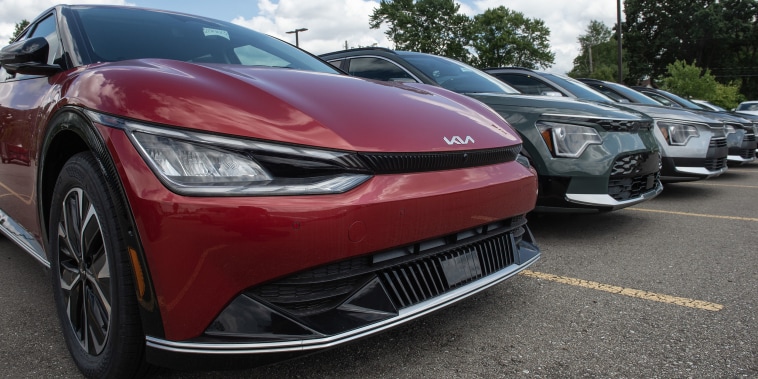Electric vehicles (EVs) have been gaining tremendous popularity in recent years as more and more people around the world opt for eco-friendly transportation options. With their increasing demand, the prices of EVs have been steadily declining, making them more accessible to a wider range of consumers. In fact, according to a recent report from Godzilla Newz, some drivers could potentially purchase an EV for as little as $10,000 this year.
The decline in EV prices can be attributed to several factors. Firstly, advancements in technology have led to the production of more efficient, affordable electric vehicles. Manufacturers have been able to optimize production processes, resulting in cost reductions that are passed on to consumers. Additionally, governments in many countries have implemented various incentives, such as tax credits, rebates, and subsidies, to encourage the adoption of electric vehicles. These incentives further lower the price barrier for potential buyers.
Another significant factor contributing to the potential $10,000 price tag is the increasing number and variety of EV models available in the market. Previously, electric vehicles were limited to luxury brands with higher price points. However, as more automakers introduce affordable EV options, the competition drives prices down. This trend is expected to continue as more manufacturers embrace electric mobility and expand their product offerings.
Moreover, as EV sales grow and economies of scale come into play, the cost of producing electric vehicles is anticipated to decrease even further. This means that the $10,000 price point might not be limited to a few models or specific regions but could become a more widespread reality.
The affordability of EVs is not only beneficial from an environmental standpoint but also economically. Electric vehicles have significantly lower operating costs compared to conventional internal combustion engine vehicles. With lower maintenance, fuel, and charging costs, drivers can save money in the long run, making owning an EV an attractive option.
However, it’s important to note that the $10,000 price point is not universal and depends on various factors such as location, available incentives, and specific models. Additionally, certain trade-offs may exist at lower price points, such as limited range or fewer features. Nevertheless, the decreasing price trend signifies a positive shift towards making sustainable transportation more accessible to a wider audience.
In conclusion, as electric vehicle technology continues to advance and demand increases, prices are expected to drop, potentially enabling some drivers to purchase an EV for as little as $10,000 in the near future. This reduction in price is a result of technological advancements, government incentives, and the growing availability of affordable EV models. With lower operating costs and positive environmental impacts, electric vehicles are poised to revolutionize the way we commute and contribute to a greener future.


